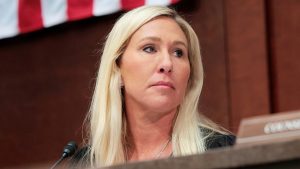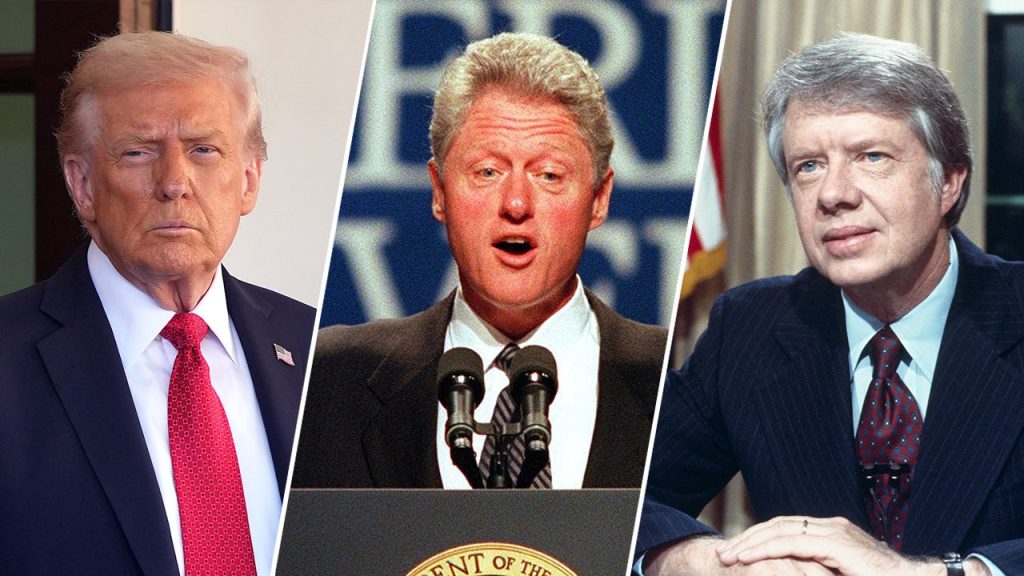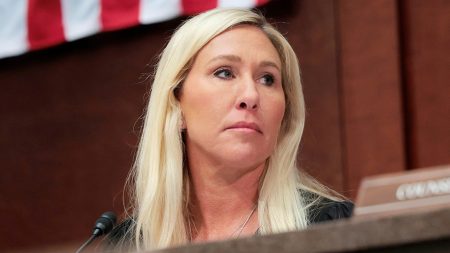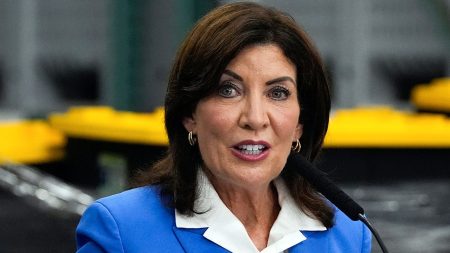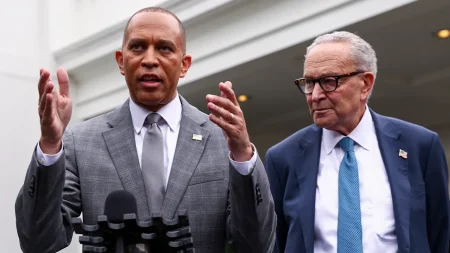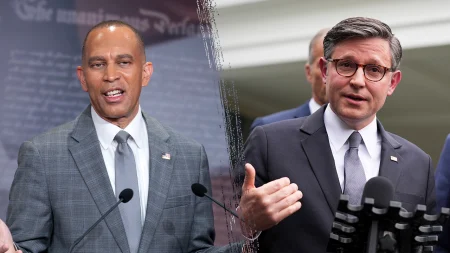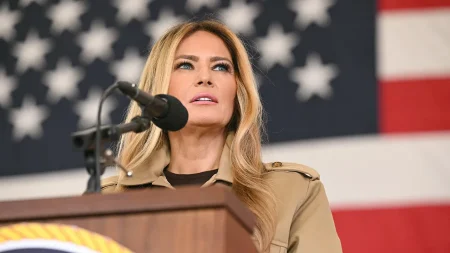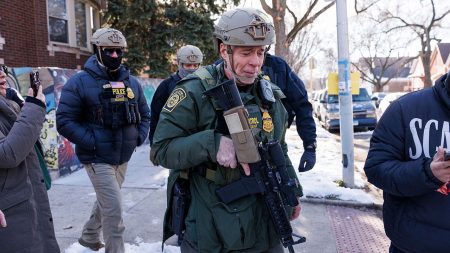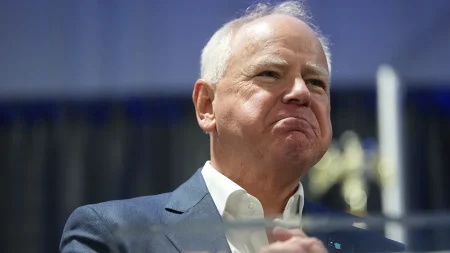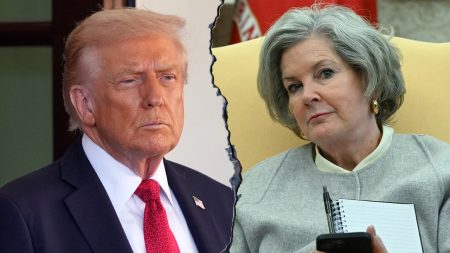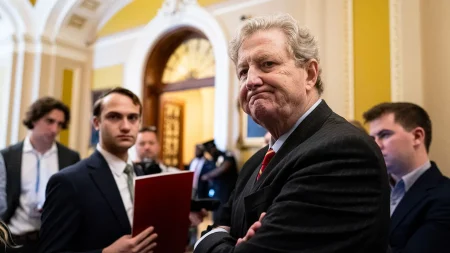The Government Shutdown Saga: A Historical Perspective
In the face of the ongoing government shutdown, Americans are witnessing what has now become the second-longest federal funding impasse in U.S. history. As we enter day 26 of the current shutdown with no resolution in sight, hundreds of thousands of federal workers remain furloughed and vital government services continue to be suspended. The standoff between Democrats and Republicans over fiscal year 2026 spending has created a situation where neither side appears willing to compromise. At the heart of the current dispute lies Democrats’ demand to include an extension of COVID-19 pandemic-era enhanced Obamacare subsidies in any funding agreement, while Republicans insist this is an unrelated issue that doesn’t belong in the yearly budget process. This political brinkmanship has real consequences for ordinary citizens who rely on government services and the federal employees whose livelihoods hang in the balance.
What makes the current shutdown particularly significant is that it represents the longest-ever full shutdown in American history. Unlike partial shutdowns where some appropriations bills are passed before funding lapses, Congress failed to reach agreement on any spending bills before the September 30 deadline that marked the end of fiscal year 2025. Republicans, who control both chambers of Congress, attempted to pass a seven-week extension of previous spending levels to buy more time for negotiations, but the measure has stalled in the Senate twelve separate times. The impasse highlights the extreme polarization that defines modern American politics, where even basic government functions have become battlegrounds for broader ideological struggles. Each side believes they’re fighting for principles worth defending, but the cost of this standoff grows with each passing day.
Looking back at previous government shutdowns provides context for understanding the current crisis. The longest shutdown in U.S. history occurred during the Trump administration, lasting 35 days from December 2018 to January 2019. That partial shutdown centered around President Trump’s demand for $5.7 billion in funding for a border wall between the United States and Mexico, which Democrats refused to support. After five weeks of stalemate, Trump eventually agreed to a short-term funding measure without wall funding, though Congress later approved $1.375 billion for 55 miles of border fencing in a subsequent deal. The resolution came only after significant public pressure and growing concerns about the shutdown’s economic impact, demonstrating how political calculations often change when voters grow increasingly frustrated with Washington’s dysfunction.
The history of government shutdowns further reveals how these funding battles frequently revolve around signature policy priorities. The third-longest shutdown occurred from December 1995 to January 1996, lasting 21 days during President Bill Clinton’s administration. This showdown pitted Clinton against House Speaker Newt Gingrich, who had led Republicans to control of both chambers in the 1994 midterms. Emboldened by this “Republican Revolution,” Gingrich pursued significant federal budget cuts as part of his “Contract with America.” Though Clinton also advocated for a balanced budget, he disagreed with the specific cuts Republicans proposed. Similarly, the fifth-longest shutdown in 2013, lasting 16 days, centered around Republican efforts to roll back provisions of President Obama’s signature healthcare law, the Affordable Care Act. In both cases, the party controlling the House ultimately relented in the face of negative public opinion, suggesting there are political limits to how long such standoffs can persist.
Less remembered but equally instructive is the 18-day shutdown during President Jimmy Carter’s administration in 1978, which stands as the fourth-longest in history. Interestingly, this occurred during a period of unified Democratic control of government, demonstrating that shutdowns aren’t exclusively the result of divided government or partisan gridlock. Carter had vetoed congressional funding bills for defense and public works that he believed contained wasteful spending, including funding for a nuclear-powered aircraft carrier he opposed. There was also disagreement over abortion funding in the health department budget. The resolution came through compromise, with Congress removing the specific spending Carter objected to while finding middle ground on other disputed provisions. This example shows that even intra-party disagreements can lead to shutdowns, but also that principled compromise remains possible when leaders prioritize governance over ideological purity.
As the current shutdown continues with no end in sight, the lessons from past funding impasses suggest several possible pathways forward. History indicates that public opinion typically turns against whichever party is perceived as being most responsible for government dysfunction, eventually forcing concessions from political leaders who fear electoral consequences. However, in today’s hyper-partisan environment, with each party’s base rewarding confrontation rather than compromise, the calculus may be different. What remains clear is that government shutdowns represent a failure of our political system to perform its most basic functions. Whether through clean temporary funding measures, targeted compromise that allows both sides to claim partial victory, or one side eventually yielding to mounting pressure, resolution will ultimately come. The question is how much damage to public services, federal workers’ livelihoods, and Americans’ faith in government will occur before our elected officials find a way to fulfill their fundamental responsibility of keeping the government operational.
